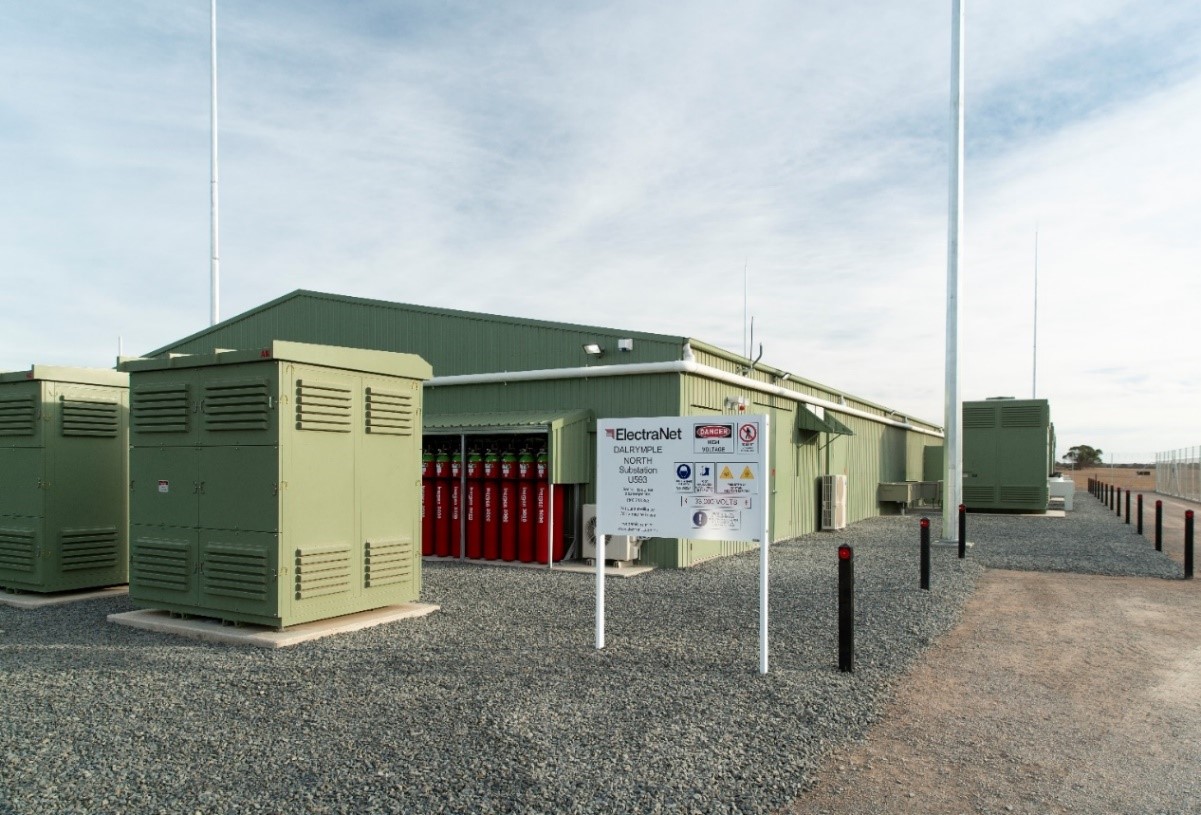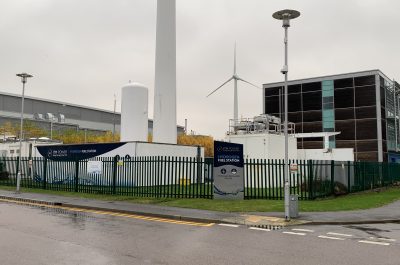Batteries: bigger is better?
They say small is beautiful, but they also say that bigger is better.
In terms of batteries in our electricity system, are behind-the-meter batteries beautiful or grid-connected larger-scale batteries better?
One in eight roof-top solar PV installations in Australia is accompanied by a small-scale behind-the-meter battery.[i]
There have also been several trials exploring the potential of aggregating behind-the-meter batteries to provide system support, such as the ARENA-funded SA Power Networks Virtual Power Plant (VPP) Trial[ii]. Behind-the-meter domestic-scale batteries are going to be an established feature of our system.
Other projects are exploring large network-connected batteries, such as the ARENA-funded community 1.1 MWh battery at Western Australia’s Alkimos Beach[iii] and the ElectraNet battery at Dalrymple in South Australia. The latter uses an innovative business model to maximise the benefits the battery delivers to the network while improving reliability for customers.[iv]

Figure 1: ElectraNet Dalrymple Battery storage project (Source: ElectraNet)
So, there is definitely a role for batteries big and small in our power system, but is it possible to pick a winner based on size?
Let’s explore a few options.
| Service Required: 1 MW Frequency Response | |
| Domestic Aggregation | Network Connected |
| 24 % response rate | 100 % response rate |
| 4.2 MW required to be “held” | 1 MW required |
| 420 batteries | One battery |
| $6.7M | $1M |
| Slow response | Sub-second |
| Inexperienced operators (me and you) | Experienced (Network) |
| Who maintains the battery? | Part of the asset base |
An important difference between a battery in the home and the network battery is that the customer has invested in the home battery and therefore, the priority for who gets to use that battery rests with the customer. This means that sometimes the battery won’t be available for use by the system. Trials in the UK have shown that domestic customers signed up to provide a system support service were only available 24 per cent of the time.[v] This means that to guarantee a 1 MW frequency service, the aggregator has to “hold” 4.2 MW.
Another issue with domestic scale batteries is ensuring that they are ready to provide the service.
We all know how hard it is to manage the batteries in all our devices – I’ve been caught out searching for a power point in the most unlikely places.
Imagine the difficulties of ensuring that your home battery is charged (or discharged) and ready to support the system. And who will be responsible for keeping your battery in tip-top condition?
A network battery can be sized appropriately to provide a service, and it will be maintained by experts who are delivering reliable and safe electricity services every day.
A network battery can also be located where network issues are likely to arise. The ability of customer-owned batteries to deliver location-specific services depends on how many customers in that area have invested in a battery. As we have seen from solar, take-up rates are likely to vary significantly from region to region.
The other point is that to deliver that 1 MW frequency service, hundreds of customers have invested $6.7M, while the Network option only requires $1M of investment. While a network-owned battery would be part of the asset base, meaning customers will ultimately pay for it, the customers investing $6.7M would also be expecting a return on their investment.
Overall, the same I MW service is likely to be delivered more dependably and more cost-efficiently from a network battery than from aggregated domestic batteries.
That’s not saying we should in any way try and restrict investment in behind-the-meter batteries. There are many reasons to invest in your battery, with household battery numbers starting to grow significantly. As we considered in last week’s Energy Insider, it’s important we get the incentives right so household batteries can help all electricity consumers.
Another possibility for larger-scale batteries is community ownership via investment from individual customers. There are many models for how this could be operated and funded.
In WA, the Alkimos Beach battery is owned and operated by a third party (Lendlease), and access is provided via a tariff that customers can select from their supplier (Synergy). Ausgrid is developing a trial of community batteries[vi] , and other networks are exploring how large-scale battery benefits can be shared with communities.
These community energy projects create opportunities for all members of the community, whether they have invested in Solar PV or batteries or not, to participate in the battery revolution.
References
[i] https://www.afr.com/companies/energy/need-for-speed-how-to-power-a-new-generation-20191015-p530u1
[ii] https://premier.sa.gov.au/news/virtual-power-plant-is-powering-forward
[iii] https://www.synergy.net.au/Our-energy/Future-energy/Alkimos-Beach-Energy-Storage-Trial
[iv] https://www.electranet.com.au/electranets-battery-storage-project/
[v] https://innovation.ukpowernetworks.co.uk/projects/low-carbon-london/
[vi] https://www.ausgrid.com.au/In-your-community/Community-Batteries


